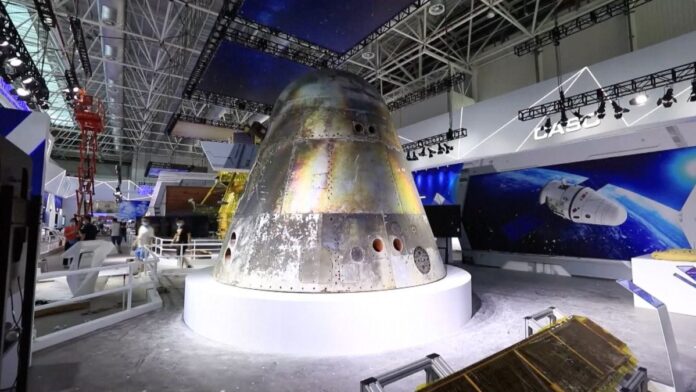China is planning to launch a next-generation crewed spacecraft around 2027 that will be capable of carrying astronauts to the moon and even beyond.
“In the future, a new generation of spacecraft will be used on crewed lunar missions, to build our space station and for deep-space exploration,” Yang Liwei, deputy chief designer of China’s human spaceflight program, said during a talk at a university on Tuesday (July 18), Reuters reported, citing the state-run Guangzhou Daily.
Yang said the first flights are estimated to take place between 2027 and 2028. China tested a boilerplate version of the spacecraft in 2020 as part of a test launch for lofting space station modules. The return capsule from the test has since been put on display.
Related: China plans to put astronauts on the moon before 2030
The new spacecraft is part of China’s plan to put a pair of astronauts on the moon by 2030. The spacecraft will be partially reusable, and a new rocket, recently designated as the Long March 10, is being developed to launch the spacecraft.
The deep-space version of the spacecraft will be able to carry three astronauts into lunar transfer orbit, while a low Earth orbit variant will be able to transport four to seven astronauts to China’s newly completed Tiangong space station.
China currently uses the Shenzhou spacecraft to send up to three astronauts to low Earth orbit. Yang in 2003 became the country’s first astronaut in orbit, aboard the Shenzhou 5 mission.
The crew of Shenzhou 16 are currently aboard Tiangong. The three astronauts arrived at the station on May 30 for a roughly six-month stay.

